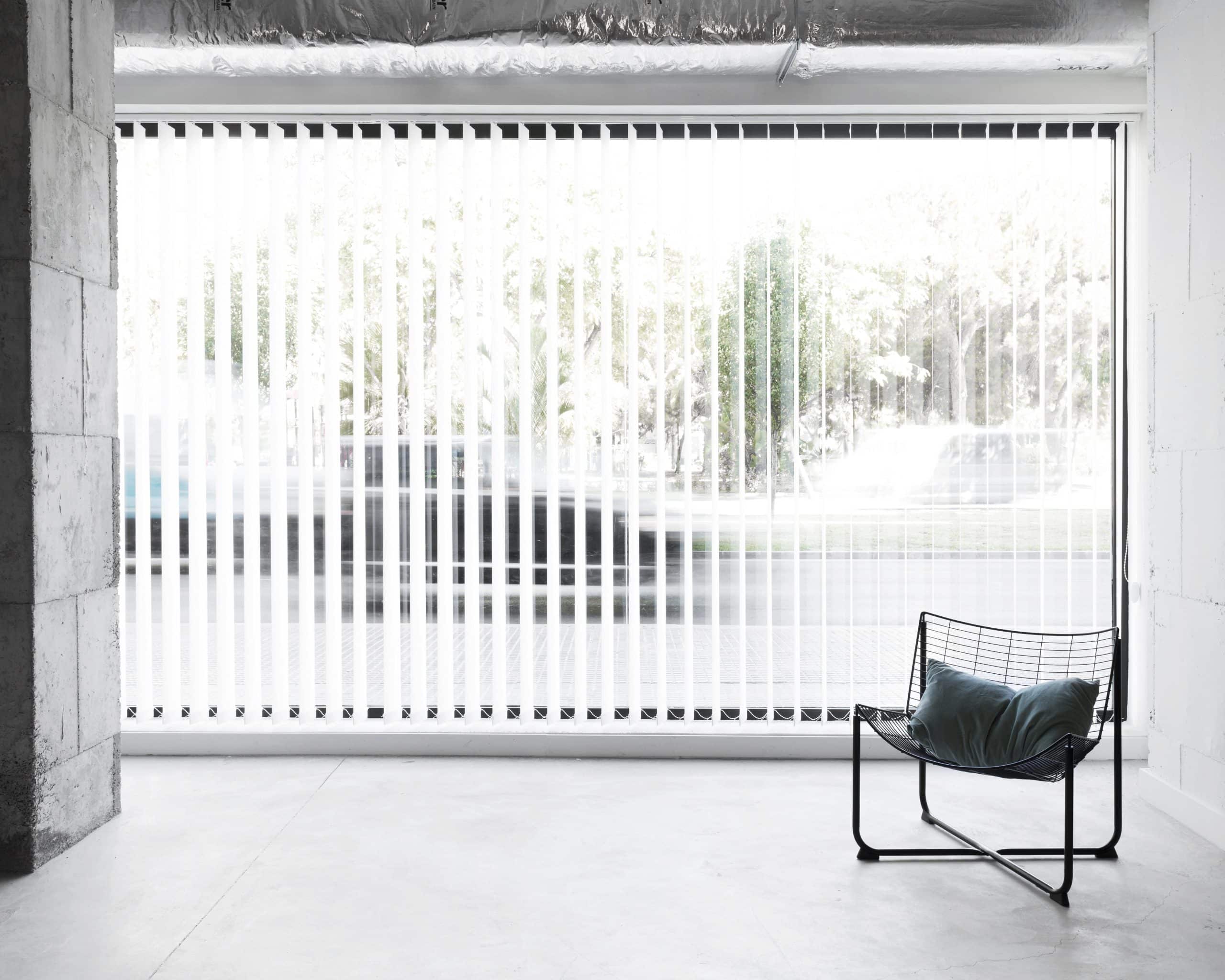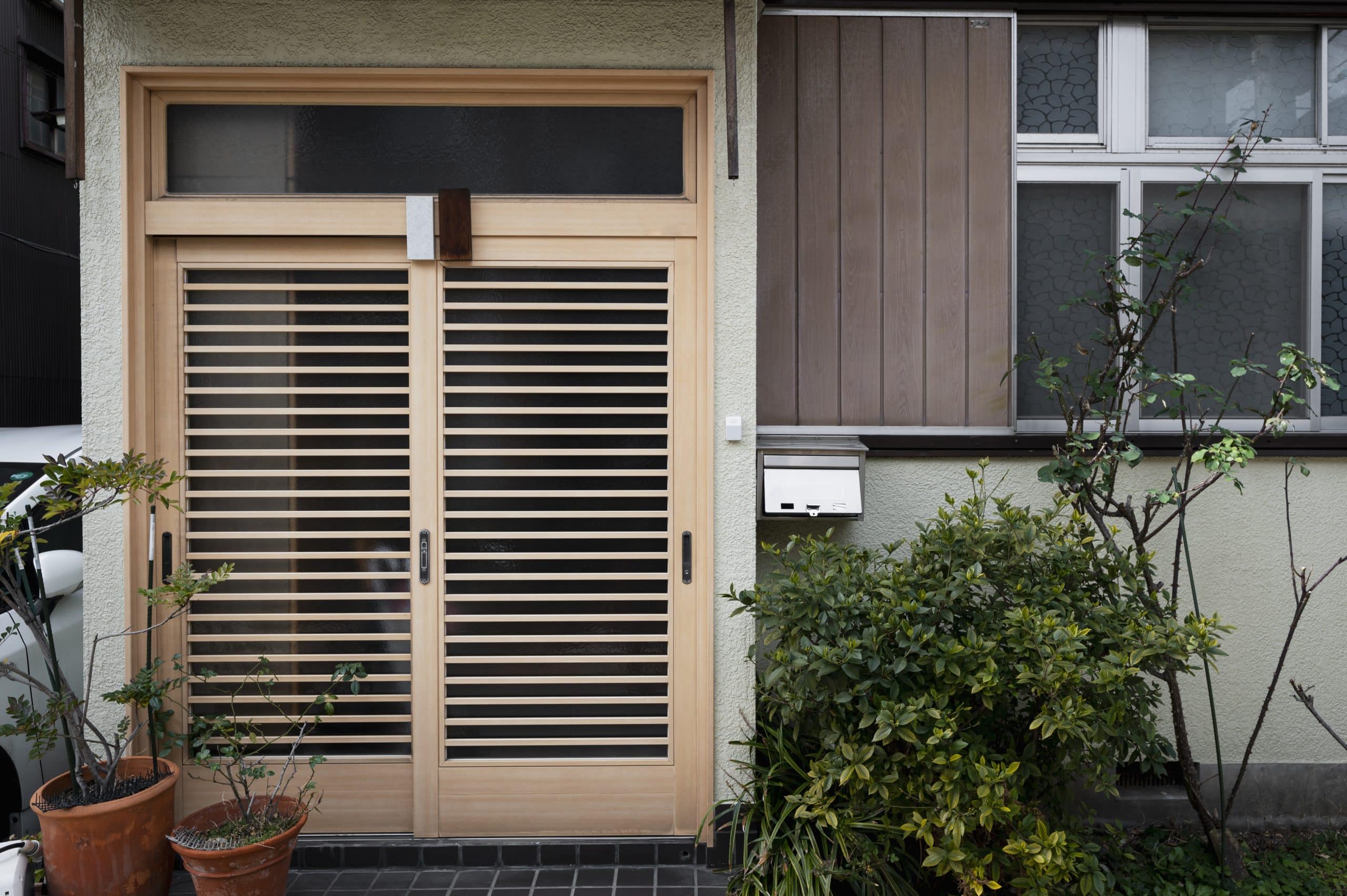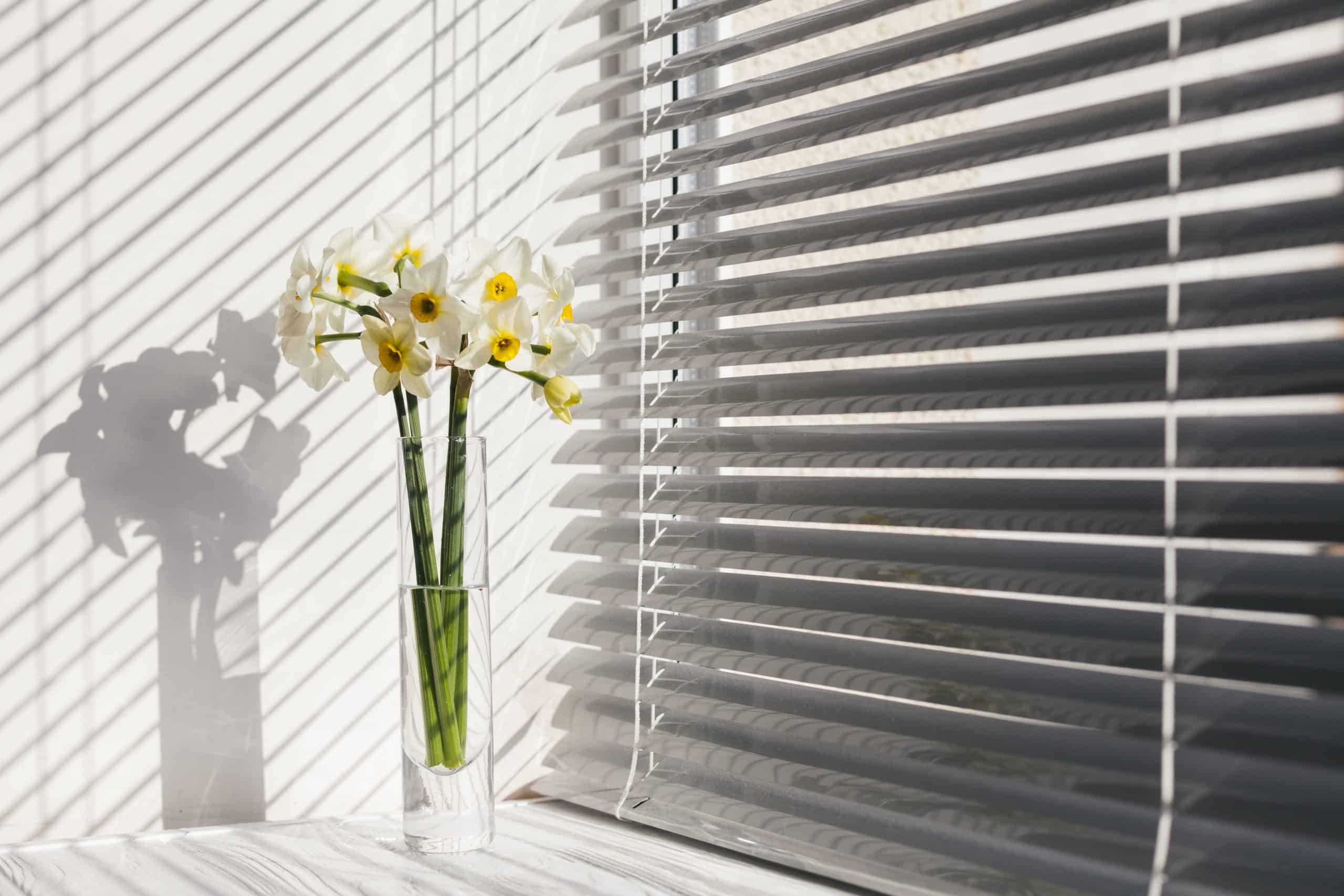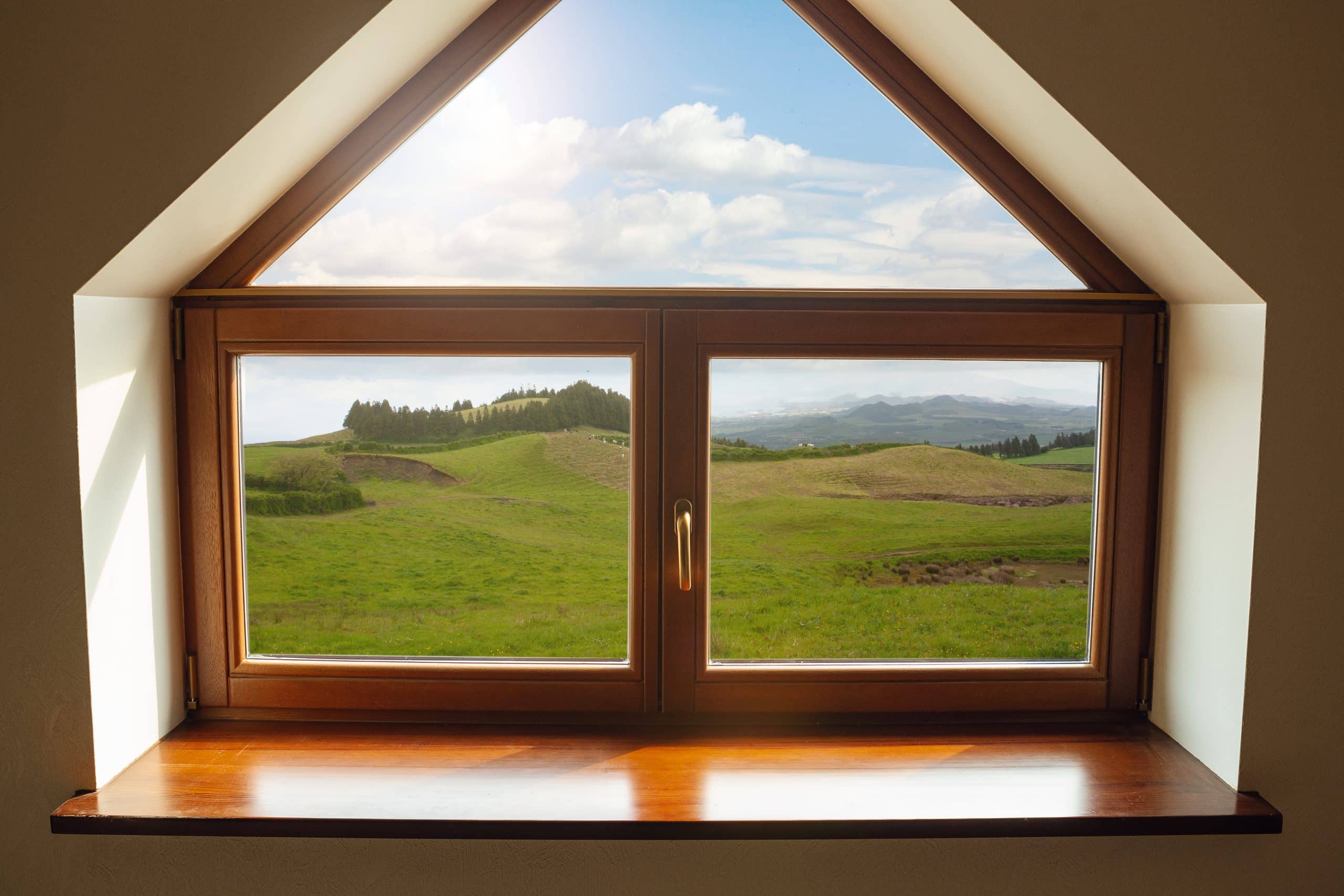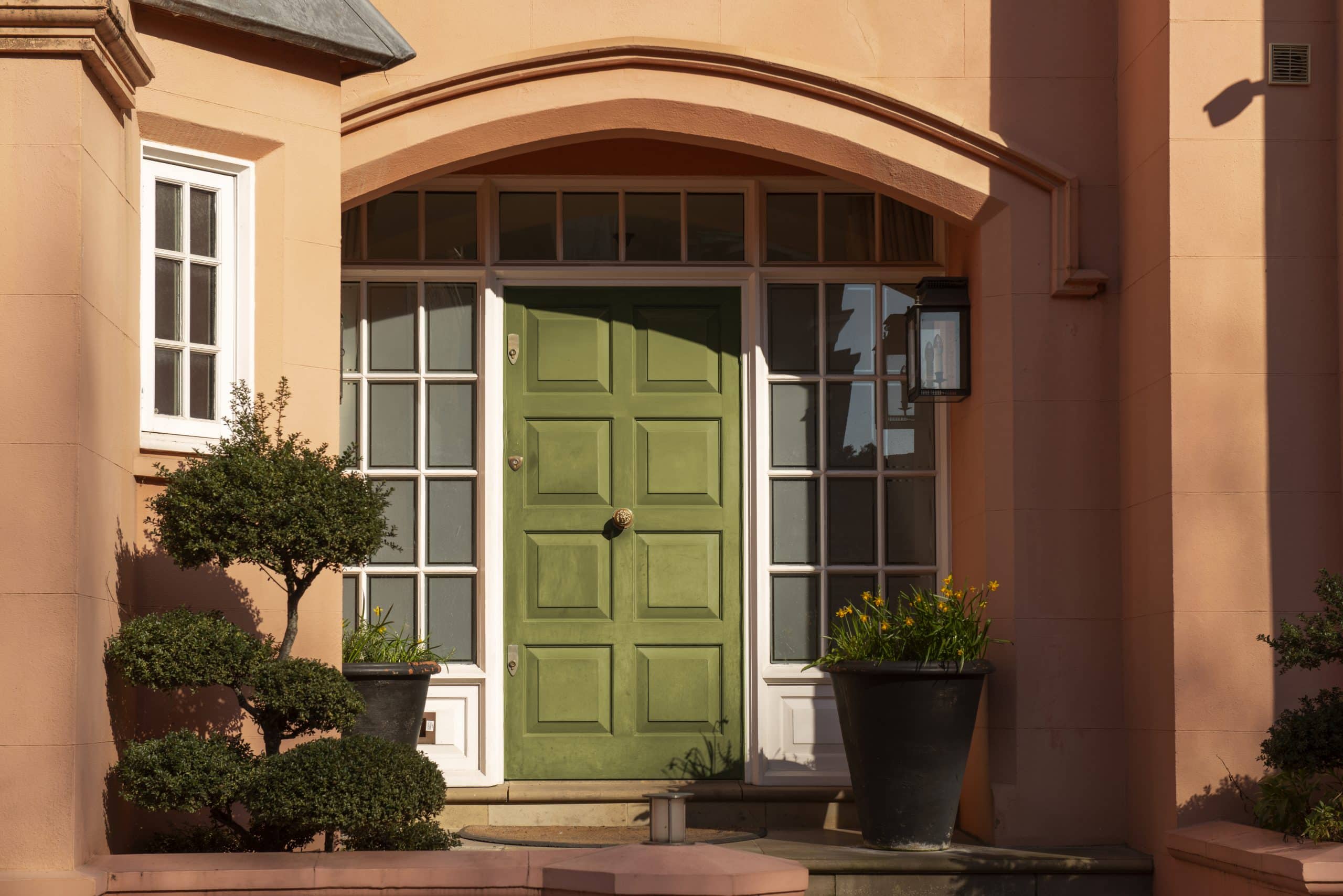Transforming your home’s ambiance and energy efficiency can be as simple as adding windows to a house. This enhancement not only floods your rooms with natural light but also offers an aesthetic upgrade that can increase your property’s value.
However, the process of adding windows to a house is not just about picking a style and proceeding with the installation. It involves thoughtful planning, understanding the architectural integrity of your home, and ensuring that the new additions complement your living space both functionally and visually.
The Basics of Window Installation
The first step is to understand what this process entails and its impact on your home’s structure and aesthetics. Adding windows isn’t just about creating a new space for glass to sit. It’s about integrating a functional design element that can enhance both the interior and exterior appeal of your house.
There are various types of windows to consider, each offering unique benefits. From classic double-hung windows for traditional homes to modern, energy-efficient options that minimize heat loss, the choice depends on your home’s architectural style, your climate, and personal preferences. Additionally, consider the orientation of the new windows. Placement is crucial for maximizing natural light, enjoying views, and ensuring privacy.
Understanding local building codes is also key. These regulations dictate what can and cannot be done in terms of structural alterations. They ensure that any modifications, including window additions, meet safety standards. Consult with a local building authority or a professional to understand these requirements before proceeding.
Preparing for Installation
Proper preparation is the right cog in a successful window installation. By ensuring that every detail is meticulously planned and executed, you lay the foundation for a smooth and efficient project. Adding windows to your house is an investment in your property’s value, aesthetic appeal, and energy efficiency.
Here are the essential steps to prepare:
- Obtaining permits — determine if your local government requires a permit for window installation. Ensures compliance with local laws and adherence to safety standards;
- Selecting a contractor — choose a licensed and insured professional experienced in window installation. Guarantees expertise, compliance with regulations, and peace of mind;
- Site preparation — clear and prepare the area around the proposed window site. Facilitates easy access for workers and protects your property from damage;
- Home readiness — plan for temporary disruptions during installation. Minimizes inconvenience and ensures a smooth workflow for the installation team.
These steps are for making sure that everything is in place for the actual installation, setting the stage for a smooth and efficient process.
The Installation Process
According to a reputable windows and doors installation company in Toronto, adding windows to a house is a precise and structured process that demands attention to detail at every step.
This step is crucial when upgrading or replacing old windows and involves careful dismantling to prevent any damage to the surrounding structure. Precision in this stage sets the foundation for a reliable installation of the new windows.
Next, the focus shifts to framing the new opening. This is a critical step where the space for the new window is defined and prepared. Proper framing ensures that the window fits perfectly and that the structure of the wall is not compromised.
It requires a balance of craftsmanship and adherence to structural guidelines to ensure the window is both aesthetically pleasing and functionally sound. The installation of the new window is the core part of the process. This involves placing and securing the window in the prepared opening.
It’s a task that demands accuracy to ensure that the window is aligned, level, and sealed properly. A well-installed window not only enhances the look of your home but also contributes to its energy efficiency and weatherproofing.
Finally, the process concludes with the finishing touches. This involves installing trims, sealing any gaps, and making sure that the window blends seamlessly with the rest of your home’s architecture. The finishing work is not just about aesthetics; it plays a crucial role in insulating your home and protecting against moisture.
Throughout these stages, safety and adherence to building codes are paramount. A professional installation ensures that your new windows are not only a visual addition to your home but a lasting improvement in its comfort and functionality.
Post-Installation Tips
After successfully adding windows to your house, it’s important to focus on maintenance and optimization to ensure they provide long-term value and functionality.
Here are some key tips for post-installation care:
- Initial inspection — shortly after installation, inspect the windows to ensure there are no immediate issues. Check for smooth opening and closing, proper sealing, and any visible gaps or misalignments. Addressing any concerns early can prevent bigger problems down the line;
- Regular maintenance — regularly clean the windows, including the glass, frames, and any moving parts. This not only keeps them looking great but also ensures their longevity. Pay attention to the manufacturer’s guidelines for cleaning and maintenance;
- Weatherproofing checks — periodically check the sealing and weather stripping around the windows. Proper sealing is essential for preventing air leaks and improving energy efficiency. If you notice any wear or damage, reseal or replace the weather stripping as needed;
- Professional inspections — consider having a professional inspection every few years. This can help identify any potential issues that might not be obvious to the untrained eye and ensure your windows continue to function optimally;
- Energy efficiency maximization — utilize treatments like curtains or blinds to enhance energy efficiency. These can help regulate indoor temperatures by providing insulation during winter and blocking excessive sunlight in summer.
By following these post-installation tips, you ensure that your new windows remain a valuable addition to your home, contributing to its aesthetics, comfort, and energy efficiency.
Conclusion
Adding windows to a house is a detailed process. Remember, the key to a successful window addition lies in meticulous planning, choosing the right materials and professionals, and consistent maintenance. Whether you’re looking to enhance natural lighting, enjoy better views, or improve energy efficiency, the addition of new windows can significantly impact the quality of your living space.

